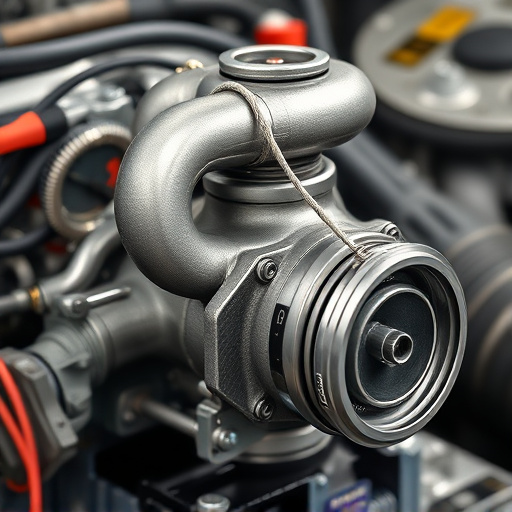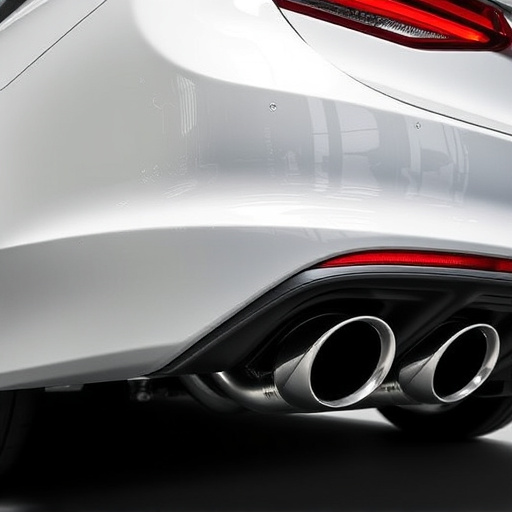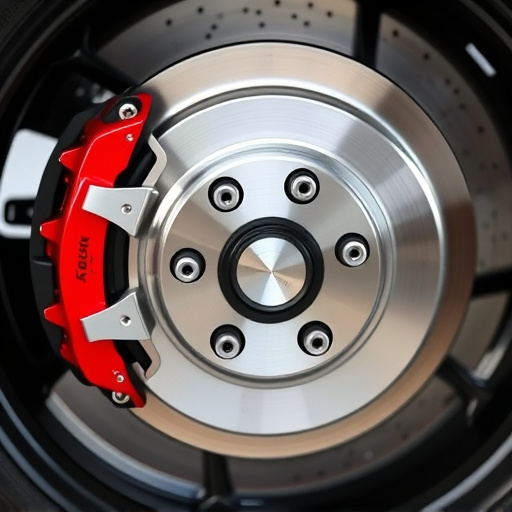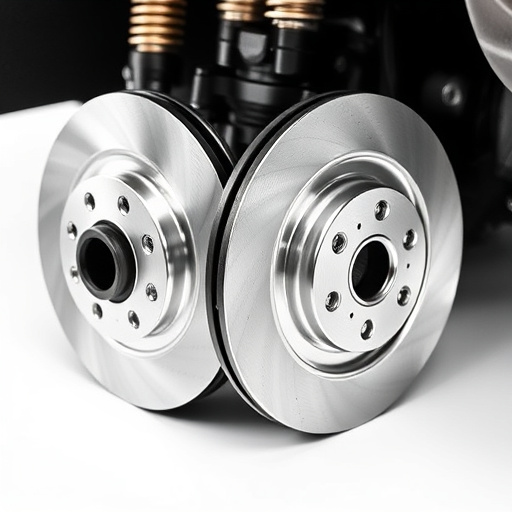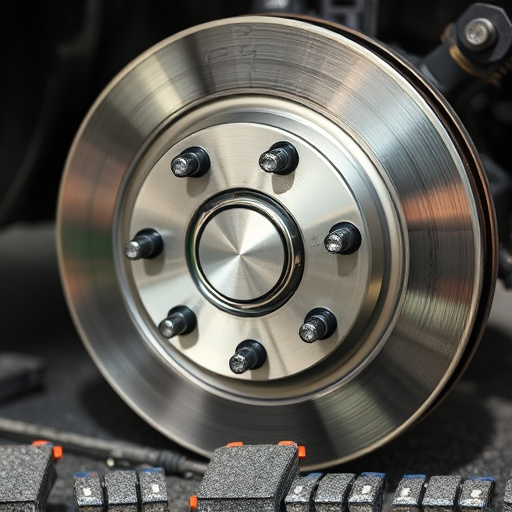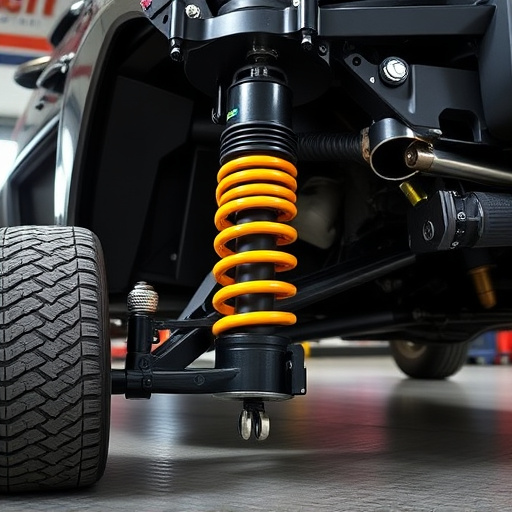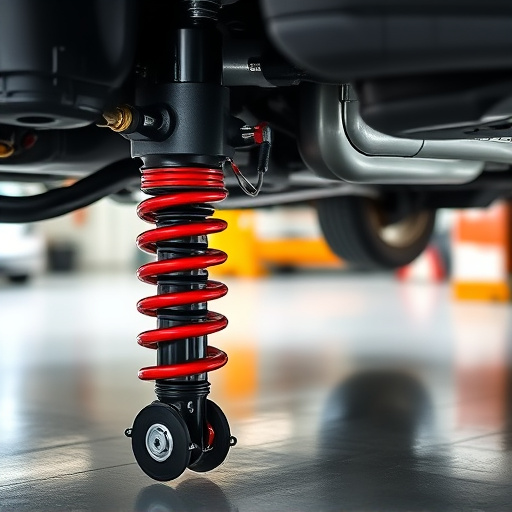Catalytic converters are vital for reducing harmful vehicle emissions and maintaining legal standards. Over time, wear and tear can require replacement, especially with modifications to exhaust systems. Signs include decreased performance, unusual noises, and failed emissions tests. Safe replacement involves parking on a level surface, disconnecting the negative battery terminal, gathering tools, removing the old converter, cleaning the area, installing the new one, and ensuring proper alignment.
Looking to enhance your vehicle’s performance? Understanding catalytic converter replacement is crucial. This essential component plays a vital role in reducing harmful emissions, ensuring a cleaner environment. However, over time, it may require replacement due to issues like damage, reduced efficiency, or specific modification needs.
This guide will walk you through the process, from identifying when a replacement is necessary to a step-by-step installation, covering all you need for a safe and effective catalytic converter upgrade.
- Understanding Catalytic Converters: Their Role and Function
- Reasons for Replacement: Common Issues and Triggers
- Step-by-Step Guide: How to Replace a Catalytic Converter Safely
Understanding Catalytic Converters: Their Role and Function
Catalytic converters are critical components in any vehicle’s exhaust system, playing a pivotal role in reducing harmful pollutants and emissions. Their primary function is to facilitate chemical reactions that transform toxic gases into less hazardous substances before they’re expelled from the vehicle. This process not only improves air quality but also ensures your car meets environmental emission standards.
During vehicle modifications, particularly when replacing or upgrading exhaust tips, intake components, or brake components, it’s crucial to consider the impact on the catalytic converter. While some modifications may not require a direct replacement, others could necessitate a catalytic converter swap to maintain optimal performance and emissions control. Understanding this dynamic ensures that any modification aligns with legal emission standards and preserves the vehicle’s overall efficiency.
Reasons for Replacement: Common Issues and Triggers
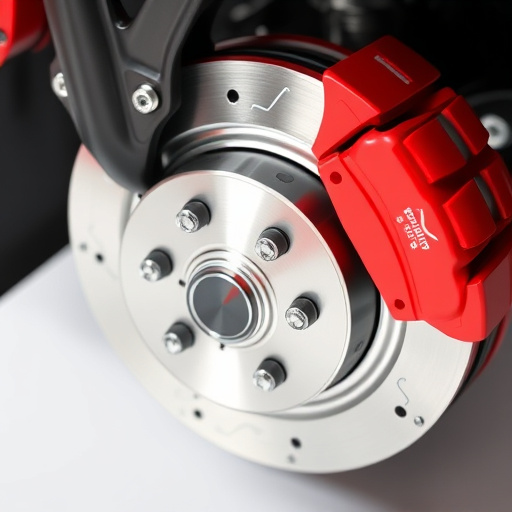
The catalytic converter is a vital component in any vehicle’s emissions control system, playing a crucial role in reducing harmful pollutants. However, over time, this critical part can experience several issues that may necessitate a replacement. Common triggers for catalytic converter replacement include increased vehicle age and mileage, as wear and tear naturally degrade its efficiency. Extreme driving conditions, such as frequent high-speed travel or aggressive driving styles, can also accelerate the process due to higher temperatures and pressures within the exhaust system.
Additionally, modifications to the vehicle’s engine or exhaust system, like installing high-performance muffler tips or custom suspension components, might require a new catalytic converter. Some telltale signs that indicate a need for a catalytic converter replacement include decreased engine performance, unusual noise during acceleration, and failure to pass emissions tests. A “cat back exhaust” upgrade, while enhancing the vehicle’s sound and look, can disrupt the precise balance of gases required for optimal catalyst activity, underscoring the importance of timely maintenance in these cases.
Step-by-Step Guide: How to Replace a Catalytic Converter Safely
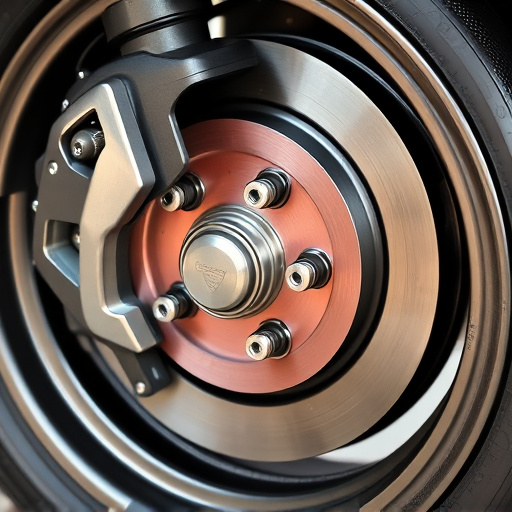
Step-by-Step Guide to Replacing a Catalytic Converter Safely
1. Safety First: Before beginning, ensure your vehicle is parked on a level surface and engage the parking brake. Put on protective gear, including gloves and safety glasses, as catalytic converters contain harmful chemicals. It’s also crucial to disconnect the negative terminal of the battery to prevent any electrical hazards.
2. Tools Needed: Gather the necessary tools such as jack stands, a floor jack, wrenches, socket sets, and a new catalytic converter. Locate the catalytic converter under your vehicle—usually in the exhaust system between the engine and muffler. Identify the bolts securing it in place and begin to remove them using the appropriate wrench or socket. Once the bolts are loosened, gently pull the old converter out. Clean the mounting area thoroughly, ensuring no debris remains. Install the new converter, ensuring it’s properly aligned and securely fastened with the replacement bolts provided.
Catalytic converter replacement is a crucial aspect of vehicle modifications, addressing common issues like decreased performance and environmental concerns. Understanding the role of these converters and following a meticulous step-by-step guide ensures safe and effective replacements, enhancing both your vehicle’s health and its eco-friendly credentials. By tackling this task with knowledge and care, you contribute to optimal engine performance while maintaining a positive impact on the environment.








